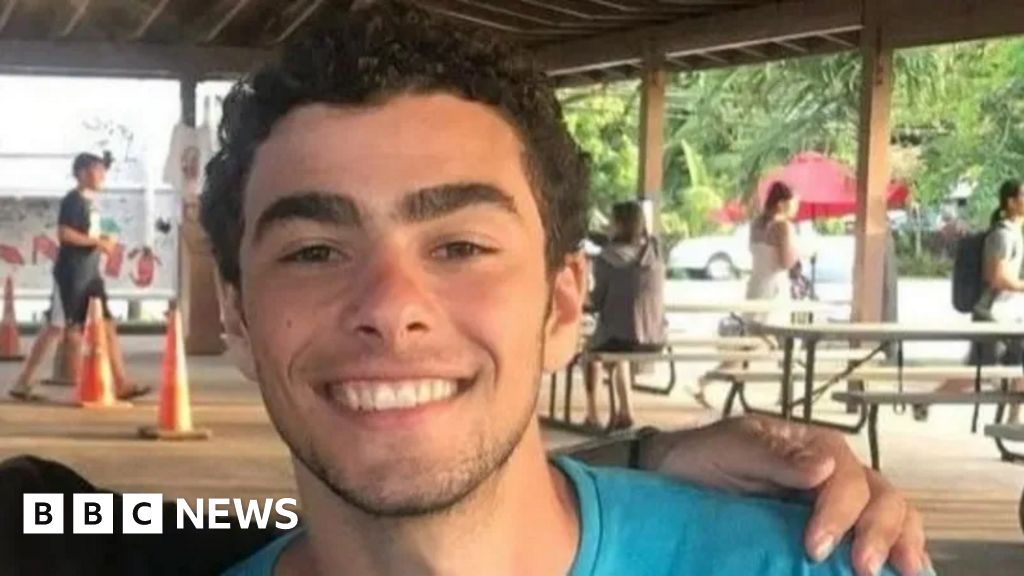The Dark Fandom Behind CEO Murder Suspect Luigi Mangione
In a strange juxtaposition of tragedy and bizarre cultural phenomena, young men gathered in New York City’s Washington Square Park to compete in a lookalike contest for suspected murderer Luigi Mangione. This event occurred just days after the fatal shooting of UnitedHealthcare CEO Brian Thompson, which has captivated social media and ignited widespread discourse about the private healthcare industry in America.
Witnessing this peculiar contest, journalist Talia Jane noted the nervous energy among participants, dressed in streetwear and masks, as the crowd pondered the fate of the young man accused of the high-profile murder. Although attendance was low and the event appeared somewhat whimsical, it highlighted the disturbing fascination with Mangione, a 26-year-old Ivy League graduate from a well-known Baltimore family.
Substantial Online Attention
Since Thompson’s death on December 4, the suspect has been celebrated in various online platforms, where some users have portrayed him as a folk hero. This phenomenon transcends typical political or ideological boundaries, causing concern among observers about the glamorization of violence associated with deep-seated frustration towards the healthcare system. “This situation stirred existing discontent into a wildfire of outrage,” Ms. Jane expressed.
The ongoing interest in Mangione has reached a fever pitch on platforms like TikTok, where users are sharing videos, memes, and playlists dedicated to him. Following his arrest in a Pennsylvania McDonald’s, supporters have rallied to raise funds for his defense, further complicating societal views on his actions. Merchandise advocating support for Mangione has appeared on online marketplaces, while the fast-food worker who reported him has received threats for his role in the arrest.
A Disturbing Narration
Alongside the controversy surrounding Mangione’s actions, his physical appearance contributes significantly to his online appeal. Cultural critic Blakely Thornton underscored how attractive men are often admired in popular media, leading to misguided empathy for those accused of crime. “In our culture, good looks often distract from moral implications,” he stated. This notion has been previously observed with figures such as Ted Bundy and Jeremy Meeks, demonstrating a troubling trend where aesthetics can accentuate criminal notoriety.
The narrative has served as a catalyst for discourse about the healthcare industry in which many feel trapped. Reports indicate that Mangione was apprehended with a note critical of healthcare executives, further intertwining his story with growing frustrations among Americans struggling with health coverage. Hashtags like #EatTheRich and #FreeLuigi have gained traction online, expressing a wave of collective discontent.
Public Reactions and Future Implications
As the tale unfolds, it is evident that the tragic shooting of Thompson—a man dedicated to improving healthcare—has ignited discussions of disproportionate anger toward corporate entities. The reaction underscores a sentiment of victimization felt by many insured individuals. A significant percentage of Americans report feeling denied necessary care, aggravating the potential for political violence reflected in rising social media engagement.
| Statistical Insights | Percentage (%) |
|---|---|
| Insured adults charged for unexpected fees | 45% |
| Denied coverage by insurers | 17% |
| Supportive online interactions for Mangione’s actions | 50,000+ |
Despite the growing attention on Mangione, critics argue that the narrative has overshadowed the tragic reality of Thompson’s murder. Cultural commentary from various experts continues to reflect on America’s dangerous dance between celebrity culture and criminality, expressing concern over a possible normalization of violence as discourse over systemic issues intensifies.
In a message memorializing Thompson, UnitedHealthcare’s leadership highlighted his commitment to making healthcare more accessible, further amplifying the juxtaposition between the victim and perpetrator in this unfolding drama. As community reactions grow, many are left grappling with the implications of the support garnered for those who engage in acts of violence for ideological reasons.


